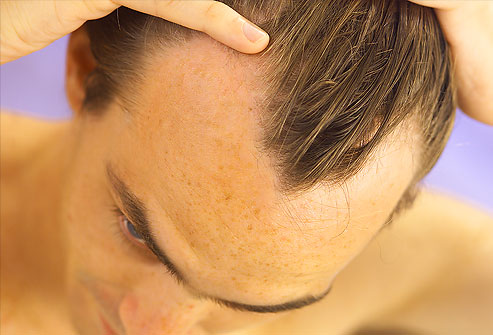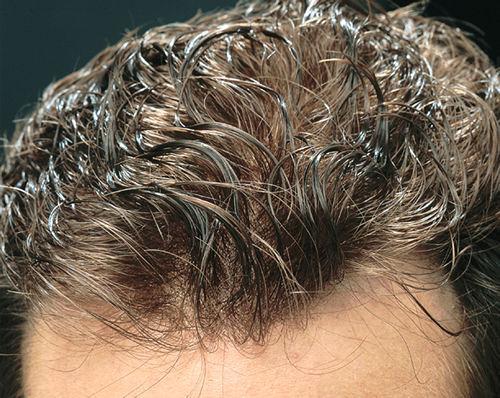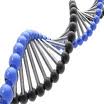Effects on Hair Growth of Drugs
05.10.2009 in HAIR LOSS SCIENCE
Many drugs or medicines, whether taken for treatment of ailments or taken for pleasure have a harmful effect on the growth cycle of hair. A few such as Tetracyclines which are a group of antibiotics may actually slightly increase hair growth but not enough to be worthwhile.
Amphetamines may cause diffuse hair thinning by upsetting the metabolism. Boric acid which is sometimes used in mouthwashes may if used too often cause a gradually increasing diffuse hair loss due to high levels of boron in the system.
Excessive intake of Vitamin A can cause severe hair loss as well as symptoms similar to arthritis in the joints. For this reason most countries now restrict the maximum concentration of Vitamin A which may be brought from health food stores or pharmacies without medical prescription.
Nicotine from cigarette smoking and Marajuana can cause hair loss by their effects on blood circulation and yellowing of grey hair. Excessive alcohol intake may cause loss of hair by lowering mineral and vitamin levels. A build up in the system of toxic minerals such as lead, cadmium, arsenic, aluminium, boron, barium, antimony, mercury and silver will also adversely affect hair growth causing other and more serious systemic effects at the same time. Fortunately high concentrations of these are rare and usually affect those people working continuously with these minerals without the necessary safeguards which are covered by Health and Safety Regulations in most countries.
Apart from the list of known and proven toxic reactions from drug or mineral intake, a very large number of medications may in certain circumstances cause adverse effects including hair loss, skin rashes and reactions upon various organs of the body. No drug or medicine is completely without risk or side effect. Many drugs particularly those mentioned above may cause the hair to change colour either to grey or in the case of some minerals such as copper salts, blond hair may turn green. Since these salts are frequently used to prevent algae growth in swimming pools, immersion of blond hair plus the oxidising effects of sunlight can produce a very disagreeable khaki-green colour which is very difficult to remove.
A number of drugs applied to the skin surface (topical drugs) may also cause hair colour changes by staining. Dithranol (Anthracene) for treating Psoriasis and Alopecia Areata may often stain dark brown. Minoxidil may darken hair if being regularly applied to improve hair growth. Hydroquinone which is sometimes used for skin lightening in pigment disorders may cause lightening or hair as a side effect.
Do you have Hair Loss Problems, read our Hair Loss Help
no comment









